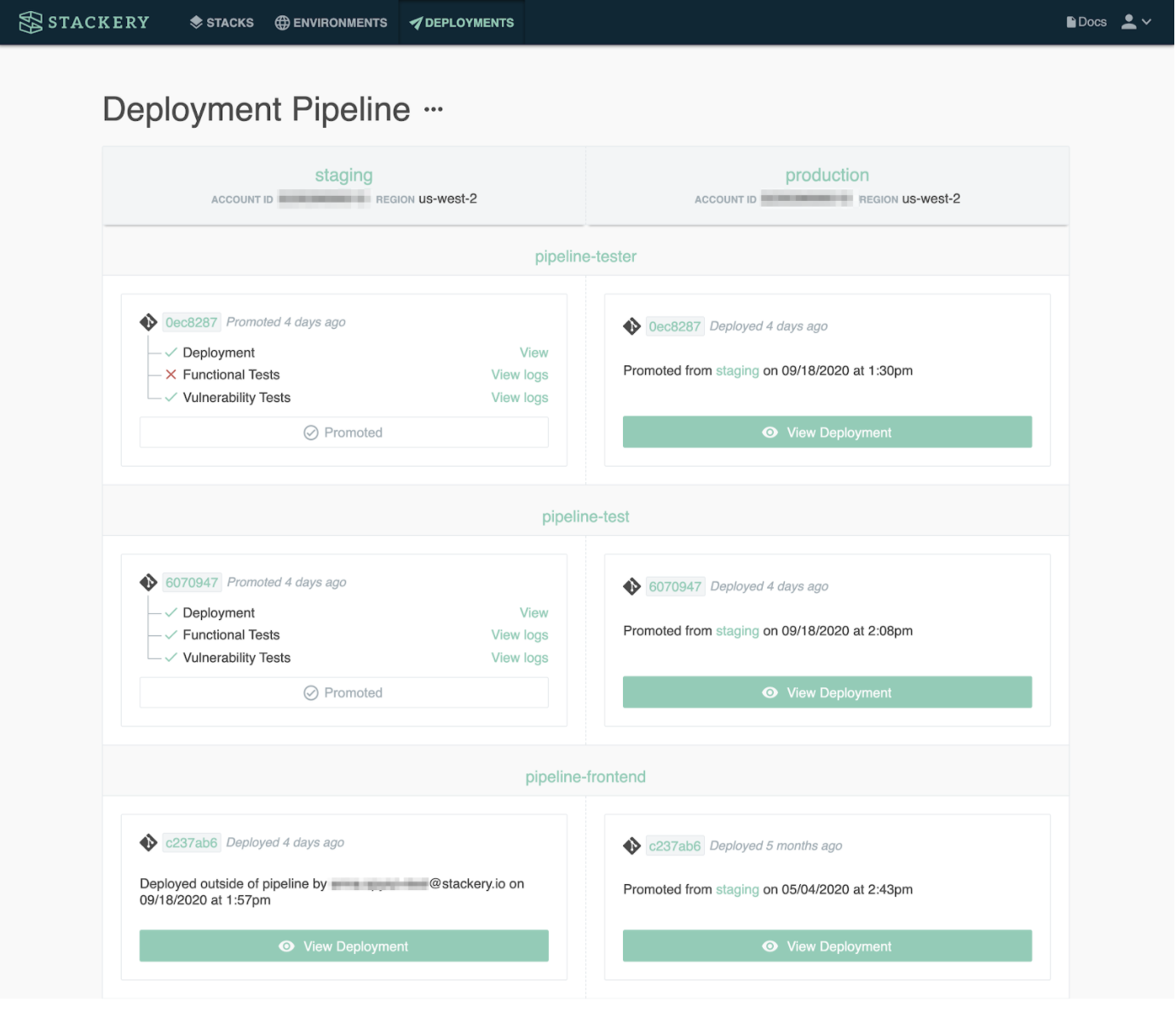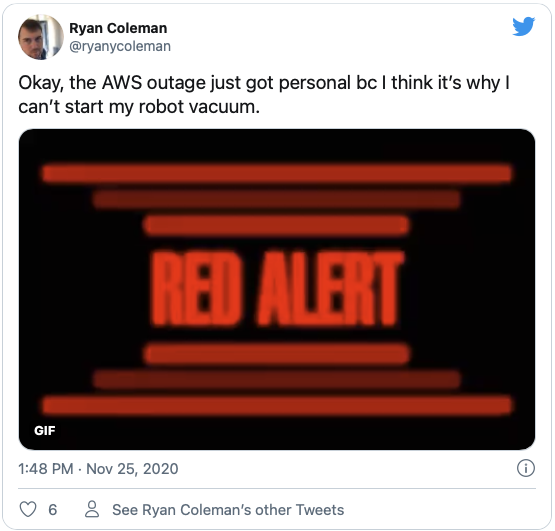pre:Invent Roundup
All the AWS announcements that were eclipsed by an outage

Wow! What a week. AWS made a lot of news, though not exactly in the way they’d planned. There was a lot of snark on the internet about the outage, including from this blog author who could not control their robot vacuum, but let’s remember that IT operations is very hard and AWS services are some of the most robust in the business. It’s easy to think we can all do better, but very few actually can.
The lasting news this week is the huge set of pre-reInvent announcements that got AWS Twitter excited this week.
AWS Step Functions stole the (pre) show
The clear darling of #preinvent was Step Functions, which added service integration with Amazon API Gateway along with Synchronous Express Workflows.
The combination is a big step forward for serverless logic orchestration. Add in code signing and extension support, and enterprises can get a ton done through Step Functions and the broad set of service integrations they support.
CloudFormation Modules might be a turning point
Personally, I’m most excited about the CloudFormation Modules announcement.
I’ve spent enough time with infrastructure-as-code module ecosystems to tell you with authority that tooling and the platform don’t matter that much. It’s the network effect of content, built with care by dedicated teams, through a sustained focus on community that makes it all work.
So, it’s with curbed enthusiasm that I look at CloudFormation Modules as a promising foundation for the hard work of building content ecosystems for the public and for enterprises. In my view, it’s the right IaC target for this kind of abstraction, vs SAM or CDK.
You can find a set of examples on AWS-samples GitHub like this one for secure-by-default S3 buckets, which sounds very familiar to what Stackery builds out for you! Caution: JSON-only fragments seem to be supported at the moment for defining a module but they might add support for YAML fragments.
But wait, there’s more!
Here’s a bunch more you might have missed. You can also read Jeremy Daly’s excellent off-by-none newsletter.
- SNS FIFO support was technically pre, preinvent but still handy!
- EventBridge cross-account resource policies are a HUGE deal for multi-account best practices.
- DyanmoDB to S3 backups has become very easy. Backups are important, albeit boring.
- Advanced Vector Extensions 2 support for Lambda is very exciting for people running relevant workloads.
- Lambda Code Signing is going to be very handy for regulated environments.
- 5-min batch windows for SQS -> Lambda sounds like a great cheap way to reduce build webhook spam when the intended result is a single CodeBuild job from batched website CMS updates.
- Well-Architected Framework fans can enjoy a series of podcasts on what’s new and how to get the best out of WaF.
Related posts

Their service naming says "no" but their breadth and quality of choice says "yes"

How AWS deploys in waves and what to think about when planning your deployments


What to look for at re:Invent for serverless and DevOps professionals



